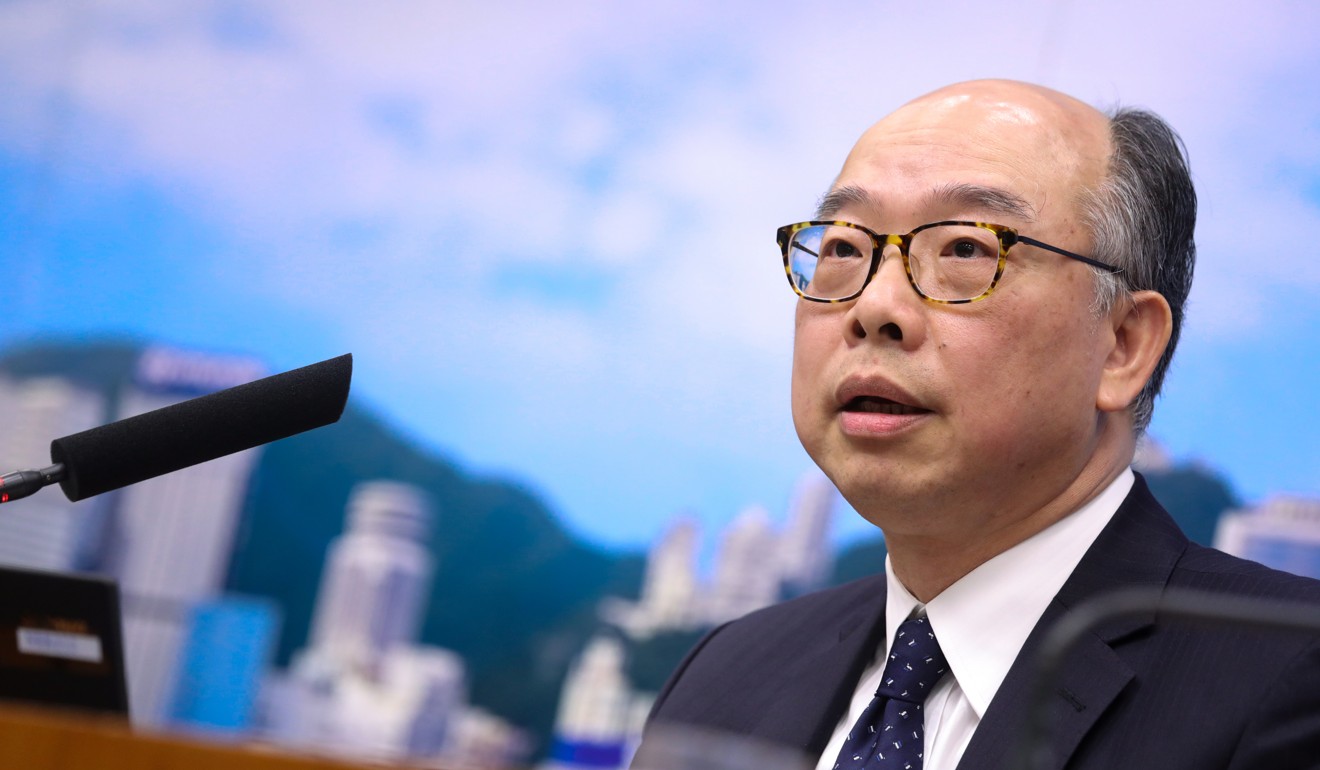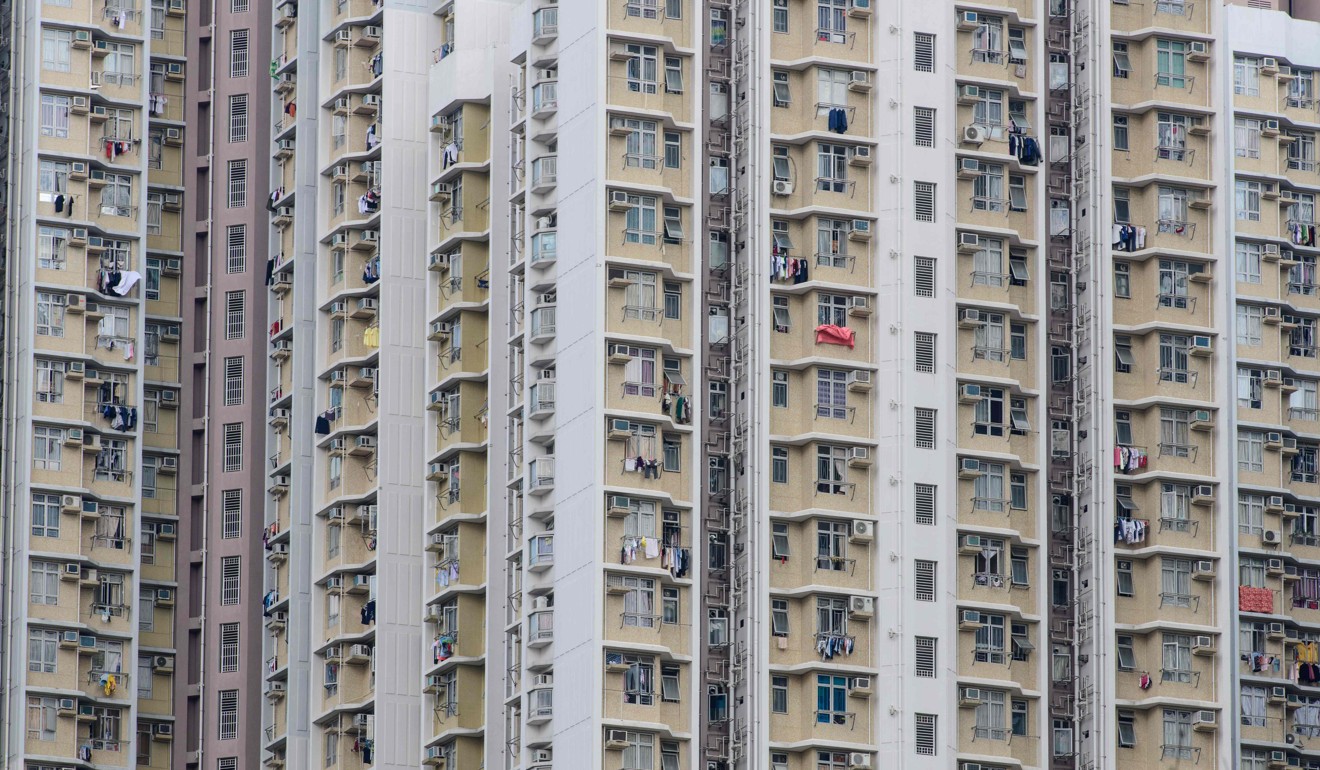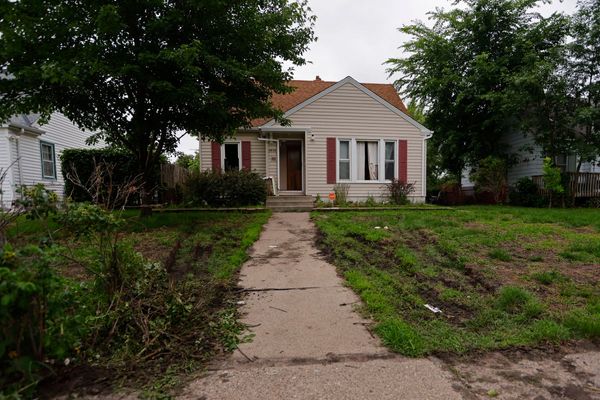
Hong Kong’s public housing shortfall is expected to ease in the next 10 years because of increased land availability and reduced demand, but the government is still expected to miss its supply target.
Secretary for Transport and Housing Frank Chan Fan, who is in charge of reviewing and updating a rolling 10-year housing strategy annually, admitted the long wait for public housing would probably not improve soon as “demand pressure for flats remains very high”.
“The queue for public housing with more than 250,000 applicants may increase in the future, and there is still a shortfall in supply,” he said on Wednesday.
“We are not sure when the queue can shorten back to three years’ waiting time.”

The target for total housing supply in the next decade would be reduced to about 430,000 flats – from last year’s mark of 450,000 – mainly due to the slowing growth in the number of households and vacant homes increasing in the market, according to the latest long-term housing strategy report.
Under the latest public-private flat ratio of a 70-30 split, adjusted from 60-40 from last year to provide more public homes, the Transport and Housing Bureau will aim to supply 70 per cent of the 430,000 flats, or 301,000, public homes in the next 10 years. The remaining 30 per cent, or 129,000, will be allocated for private homes.
Asked whether the drop in supply of private flats would adversely affect market prices, Chan said there would be abundant first-hand private homes for the coming three to four years, at about 93,000 units, with an exceptionally high supply in the coming year.
“We will keep our eyes peeled on the effects of the changing targets, but private flat prices are also affected by a number of factors such as social atmosphere and the global economy,” he said.

As for public flats, supply is still expected to fall behind the government’s new target because of limited available land.
The bureau estimated it would only identify enough land to build 272,000 public flats for the next 10 years – an improvement on the target of 248,000 set last year.
Given the smaller demand and additional supply, the shortfall would be narrowed down to about 29,000 flats in the coming decade, compared to 67,000 last year.
To obtain more land for subsidised flats, Chan said the bureau would continue to make use of the private sector by launching a land-sharing scheme and making use of all possible land and brownfield sites to provide more readily available plots.
The Lantau reclamation project, which was mentioned in last year’s report as one of the long-term measures for land supply, was omitted from this year’s report.

“We hope to be more pragmatic and transparent, and since the ‘Lantau Tomorrow Vision’ has not received funding from [the legislature’s] Finance Committee, it was taken away from the report this year. But the project will carry on,” Chan said.
Demand for public sector homes has always been keen in the city. Families for public rental housing face an average waiting time of five years and four months for a subsidised flat.
Since 2014, the government has revived the long-term housing strategy, which annually publicises the housing target and forecast of flat supply for the coming decade.
Stanley Wong Yuen-fai, chairman of the Housing Authority’s subsidised housing committee, said the figures were still worrying.
“There will only be 100,700 flats built in the next five years [according to government figures], fulfilling only a third of the 10-year target. The situation will be worse once any land plan is delayed,” he added.
At this rate, the government would need to build 200,300 flats for the second five-year stretch within the decade – or 40,060 each year – to reach its overall target
Wong said: “And more unfortunately, the waiting time of five years for public housing will not improve by much.”







